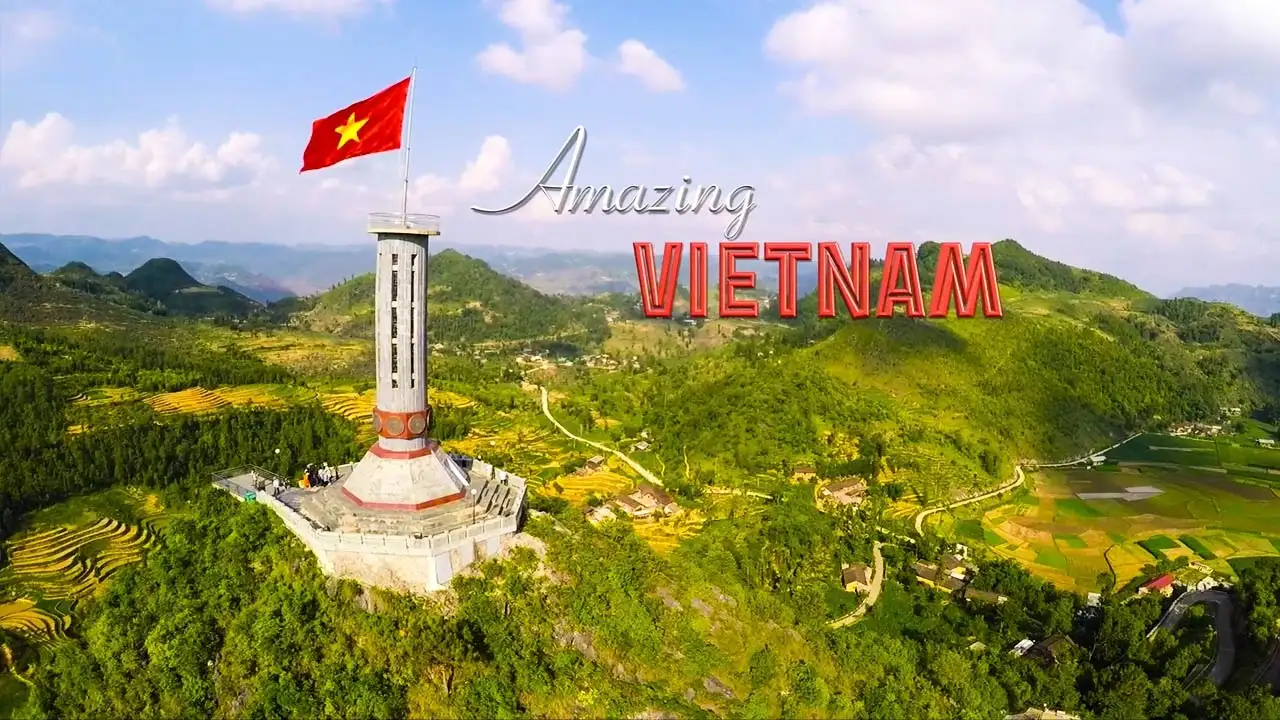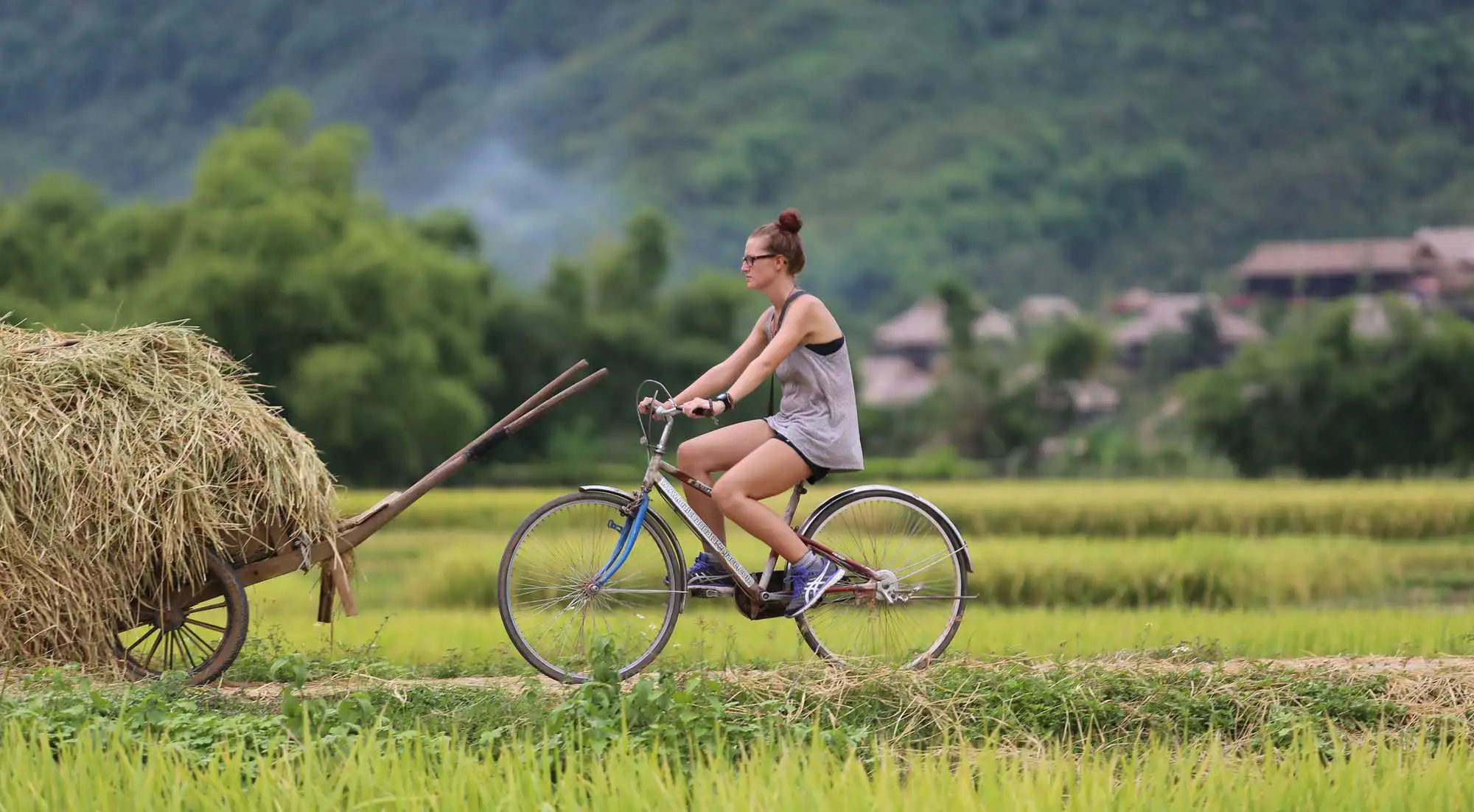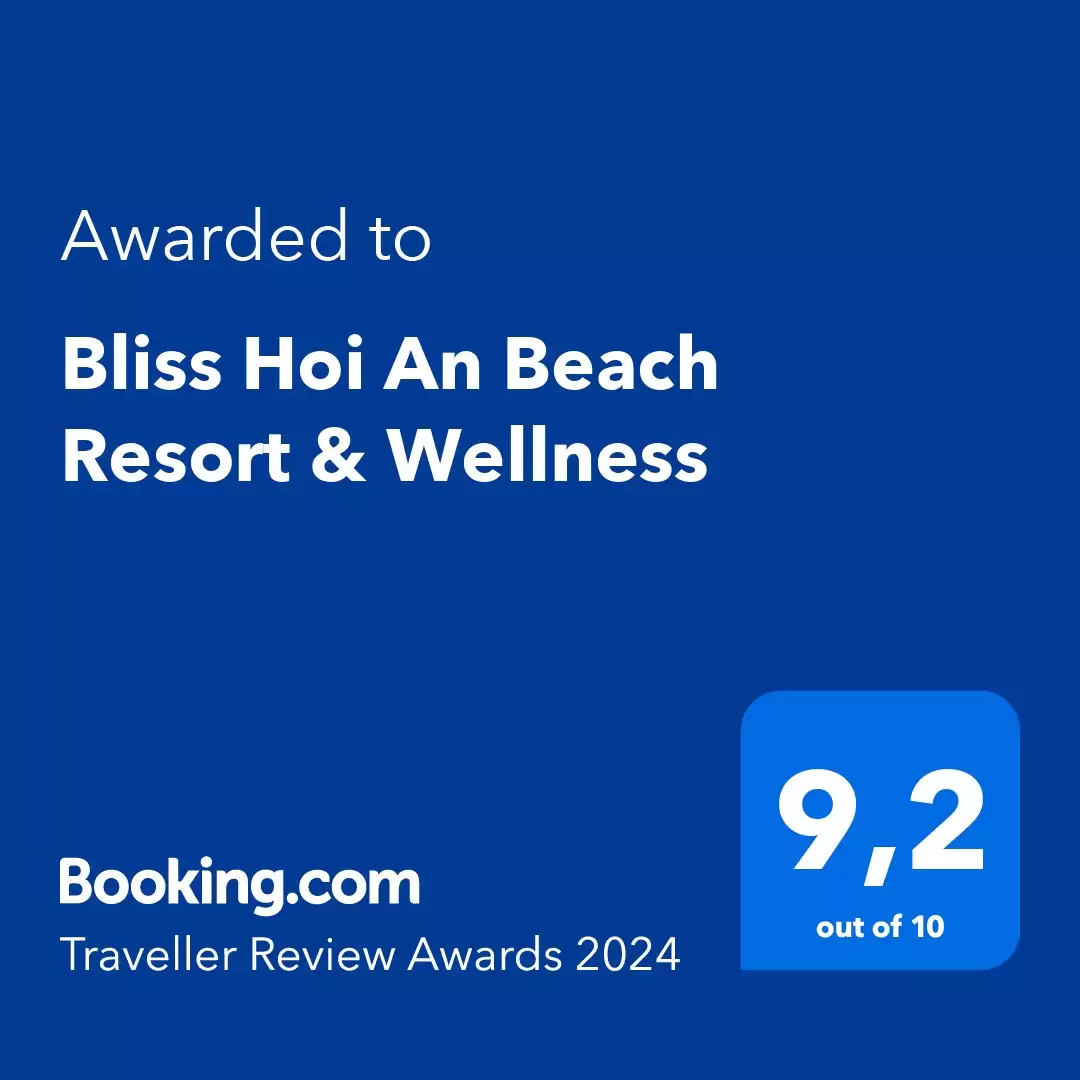How to travel Vietnam: Easy guide for all travelers
If you’re wondering how to travel Vietnam, you’ll find that there are plenty of transportation options to suit every type of traveler. From the ease of ride-hailing apps to the excitement of motorbike journeys, let’s explore the best ways to get around this beautiful country.
Best time to visit Vietnam
Vietnam is not only a country with diverse landscapes but also a captivating destination for travelers around the world. From the breathtaking natural beauty of Ha Long Bay to the ancient streets of Hoi An, this S-shaped country offers a unique blend of history, culture, and adventure. Its rich heritage, delicious cuisine, and warm hospitality attract millions of international visitors each year.

With a length of over 1,600 km, Vietnam has three main climate zones, making its weather diverse across regions. The North experiences four seasons, with spring (March–April) and autumn (September–November) being the most pleasant. Central Vietnam is sunny from February to August but sees heavy rains from September to November. The South enjoys warm weather year-round, with a dry season from December to April and a wet season from May to November.
Peak travel season typically runs from December to April, when the weather is favorable across most of the country. This period offers the best conditions for exploring Vietnam’s diverse landscapes, from the cool, crisp air in the north to the warm, sunny days in the south. It’s also when many festivals, including Tet (Vietnamese Lunar New Year), take place, offering a unique cultural experience.
Visa and essential documents for traveling to Vietnam
Before you start planning how to travel Vietnam, make sure your documents are in order. Most travelers will need a valid passport with at least six months of validity from the date of entry. Depending on your nationality, you may need a visa to enter Vietnam.
Vietnam currently offers visa exemptions for citizens of certain countries, typically for stays of 15–45 days. For longer stays or nationalities not covered by exemptions, travelers can apply for an e-visa online, which is simple and convenient. The e-visa is valid for 90 days (single or multiple entry) and covers arrivals at major airports and land borders.
Other essential documents to prepare include:
- Travel insurance (highly recommended)
- Proof of onward travel or return flight (may be asked at immigration)
- Hotel booking confirmation or details of accommodation
How to travel Vietnam
When exploring Vietnam, choosing the right mode of transportation not only helps you save time and money but also brings unique travel experiences. From quick domestic flights and scenic train journeys across the country to motorbike adventures through winding mountain passes, each option offers a new perspective on how to travel Vietnam and experience its beauty and culture. Let’s explore the most popular ways to get around and start planning your journey.
Flight
Flying is the fastest way to travel between major cities in Vietnam. Domestic flights are frequent and affordable, with many low-cost airlines like Vietjet Air, Bamboo Airways, and Vietnam Airlines. You can easily fly from Hanoi to Ho Chi Minh City in about 2 hours, or reach popular destinations like Da Nang, Phu Quoc, and Nha Trang with ease. This option is ideal if you have limited time or want to skip long road or train journeys. Most airports are modern and well-connected, making air travel smooth and convenient.

However, flying also has some downsides. You may need to travel a long way to reach the airport, especially if you’re staying in rural areas or smaller towns. Ticket prices can be higher during peak travel seasons or holidays, and some domestic flights may face delays due to weather or technical issues. So if you’re not in a hurry and want to enjoy the scenery along the way, you might consider other options like trains or long-distance buses.
Train
Traveling by train in Vietnam is a slow but scenic and relaxing way to explore the country. Trains connect most major cities along the coast, from Hanoi to Ho Chi Minh City, passing through many beautiful landscapes along the way. It’s a great choice if you want to see Vietnam from a local perspective and enjoy the journey itself, not just the destination.
Vietnamese trains offer soft seats, sleeper cabins, and even food services onboard. They are generally clean and safe, though not as fast or modern as in some other countries. Still, many travelers enjoy the laid-back pace and the chance to meet locals along the ride.
One of the most stunning routes is the section between Hue and Da Nang. The train passes along cliffs, beaches, and the lush mountains of the Hai Van Pass. This stretch is often considered the most beautiful railway segment in Vietnam — perfect for photography lovers and those looking for unforgettable views. If you’re wondering how to travel Vietnam in a scenic and relaxing way, this train ride is an excellent choice.
Read more: A complete guide for your Hanoi to Hoi An train journey
Long-distance sleep bus
Sleeper buses are a popular and budget-friendly way to travel between cities in Vietnam, especially for long routes like Hanoi to Hue or Ho Chi Minh City to Da Lat. These buses usually run overnight, allowing you to rest while covering long distances and save on a night’s accommodation.

Each sleeper bus comes with reclining seats or small bed-like cabins where you can lie down. Some even offer Wi-Fi, charging ports, and blankets. It’s not luxury, but it’s comfortable enough for most travelers.
However, roads can be bumpy, and driving styles may feel a bit fast or unpredictable for first-time visitors. If you’re a light sleeper, it might take some getting used to. Still, sleeper buses are widely used by both locals and tourists, making them a convenient option for budget travel across Vietnam.
Bus
Buses are a popular and budget-friendly mode of transportation for domestic travel in Vietnam. The bus system is quite diverse, ranging from simple seats to more comfortable sleeper buses. Long-distance buses connect major cities and famous tourist destinations, making it easy to travel without worrying about high costs.
Buses have several advantages, including affordable prices, flexible schedules, and a wide range of options. However, there are some downsides, such as limited space, sometimes questionable cleanliness, and long travel times due to traffic jams or frequent stops along the way.
Despite these drawbacks, if you’re not in a hurry and want to save money, buses remain a convenient option. Popular routes like Hanoi to Sapa or Ho Chi Minh City to Phan Thiet or Nha Trang frequently operate, with departures throughout the day.
Motorbike
Traveling by motorbike is one of the most exciting and flexible ways to explore Vietnam. With a motorbike, you can go off the beaten path, discover hidden gems, and experience the country’s vibrant local life up close. Whether you’re riding through bustling cities or cruising along scenic coastal roads, a motorbike allows you the freedom to stop wherever you like and take in the surroundings.
Motorbikes are widely available for rent across the country, with options ranging from scooters for easy city riding to powerful bikes for long-distance adventures. The famous Ho Chi Minh Trail and the stunning coastal roads from Da Nang to Hue are perfect for motorbike trips, offering incredible views and an adventurous experience.
However, riding in Vietnam can be challenging for first-timers. Traffic in major cities can be chaotic, and road conditions in rural areas may not always be ideal. It’s important to wear a helmet, follow traffic rules, and be prepared for the unpredictable. If you’re looking for how to travel Vietnam adventurously , renting a motorbike is definitely worth considering.
Bike
Cycling in Vietnam is a great way to slow down and truly experience the country’s diverse landscapes. Whether you’re pedaling through the countryside, exploring small towns, or navigating coastal roads, biking offers a unique and eco-friendly way to travel. It’s perfect for those who want to enjoy the fresh air, interact with locals, and explore areas that might be missed by other modes of transportation.

Many cities and towns, especially in places like Hanoi, Hoi An, and the Mekong Delta, are bike-friendly, with relatively flat terrain and peaceful roads. The scenic countryside, with its endless rice fields, rolling hills, and traditional villages, makes for an unforgettable cycling adventure.
Cycling is not recommended on busy roads with heavy traffic, but it is often chosen as a way to leisurely travel through tranquil areas. It’s perfect for exploring peaceful routes like the countryside, coastal roads, or the lush landscapes of places like the Mekong Delta, where the pace of life is slower and the scenery is breathtaking. These less-traveled paths allow cyclists to enjoy the beauty of Vietnam at a relaxed pace, away from the hustle and bustle of urban areas.
By ride-hailing apps
In Vietnam’s major cities, ride-hailing apps like Grab, Be, and Xanh SM have become incredibly popular for both locals and tourists. These apps are not only convenient but also affordable, making them a great choice for short to medium distances. All you need is your phone to book a ride, eliminating the need to wait for a taxi or negotiate fares.
With just a few taps, you can book a ride, and the fare is calculated upfront, so you won’t have to worry about being overcharged. These services also offer a variety of options, from motorcycles for navigating busy streets to cars for more comfort. In addition, ride-hailing apps provide a sense of security, as you can view the driver’s details and ratings before confirming your ride. This adds a level of reliability compared to hailing a random taxi off the street.
Tips for travelling in Vietnam
Travelling in Vietnam offers incredible experiences, but it also comes with its own set of challenges. To ensure a smooth and enjoyable journey, here are some essential tips on how to travel Vietnam like a local.
- Always carry your ID or passport
When traveling in Vietnam, especially if you rent a motorbike or bike, keep a copy of your passport or a valid ID on you. You might be asked to show it by the police or when renting vehicles.
- Learn basic Vietnamese road signs
Although signs in major cities are often in both Vietnamese and English, knowing a few basic Vietnamese road signs can help you stay safe. This is especially useful if you’re planning to travel to rural areas where English is less common.
- Avoid riding a motorbike in heavy traffic
While motorbikes are the most popular mode of transport, riding them in cities like Hanoi and Ho Chi Minh City can be overwhelming due to the chaotic traffic. If you’re not experienced in navigating heavy traffic, it’s better to use taxis or ride-hailing apps like Grab.
- Be cautious with bus schedules
Bus schedules in Vietnam can be inaccurate, especially for long-distance travel. It’s always a good idea to arrive early at the bus station and be prepared for potential delays. You can also check with local travel agencies for bus schedules to get a more accurate picture.
- Always check the weather
Vietnam’s weather can be unpredictable. Before heading out, especially for long-distance travel or cycling, check the weather forecast. This is crucial to avoid unexpected rain or heat, which could make traveling more challenging.
- Book accommodation in advance
One important tip when travelling in Vietnam is to always book your accommodation in advance, especially during peak seasons or festivals. Central Vietnam, with its mix of vibrant cities and laid-back coastal towns, often sees a surge in visitors year-round. Places like Hoi An can get fully booked quickly, leaving last-minute travelers with limited and expensive options.
If you’re planning a visit to Hoi An, why not treat yourself to a stay at Bliss Hoi An Beach Resort & Wellness? Nestled by the peaceful Binh Minh beach, just a short drive from the Old Town, this luxurious retreat blends modern comfort with the tranquil charm of the Vietnamese coastline. Whether you’re looking to relax by the infinity pool, indulge in a spa day, or simply enjoy a quiet morning by the sea, Bliss Hoi An offers the perfect escape.
Each transportation choice in Vietnam offers a unique experience, from the freedom of riding a motorbike along scenic roads to the relaxing journey of enjoying the views on a train. How to travel Vietnam depends on your personal preferences, but no matter which option you choose, each one presents a new opportunity to discover the incredible beauty of this country.








